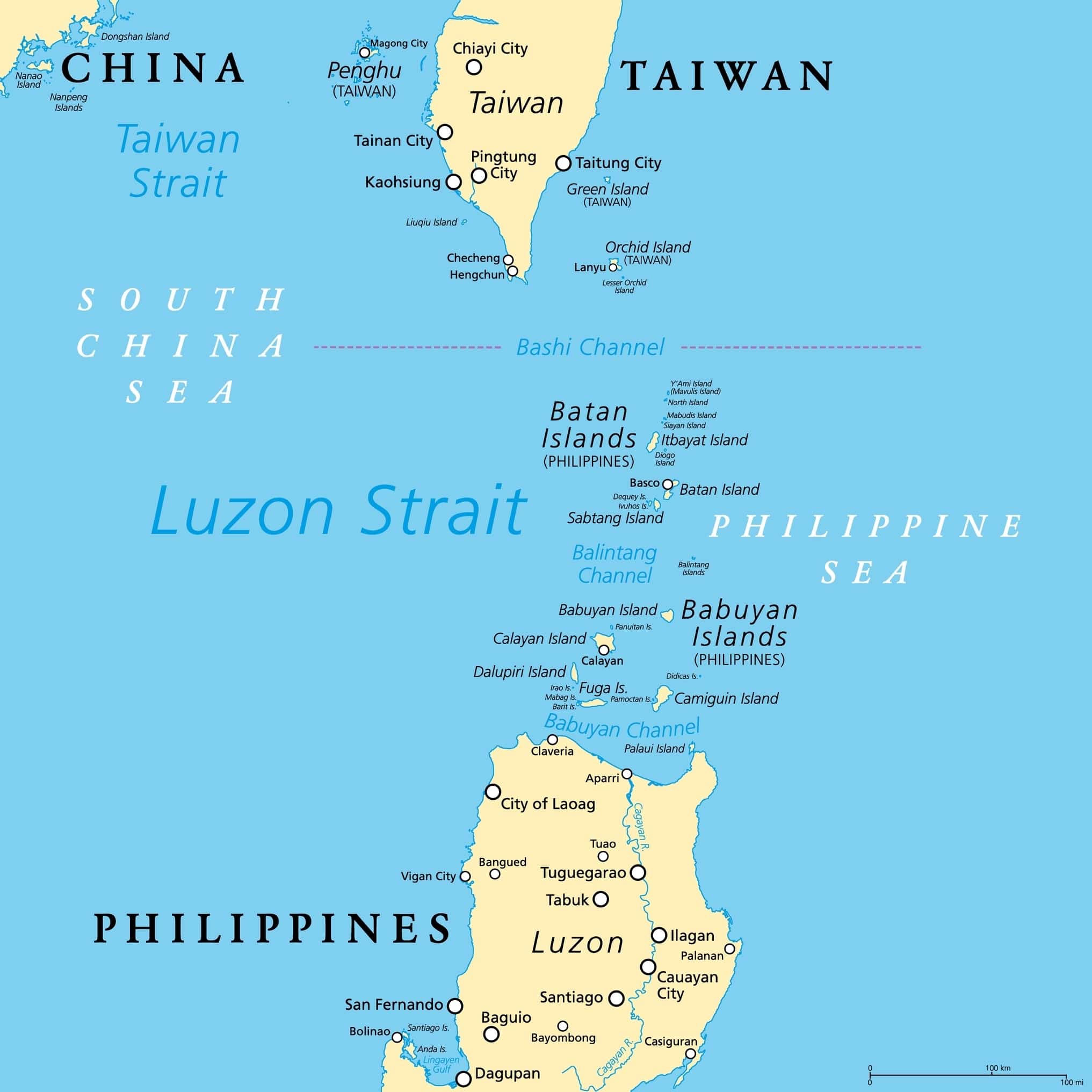In the South China Sea, Thitu Island, known locally as Pag-asa, symbolizes the Philippines’ challenge in asserting its territorial claims against China’s expansive maritime sovereignty assertions. Despite its small size and limited development, the Philippine government is committed to enhancing Thitu’s infrastructure, investing billions of pesos to support the over 200 civilians and military personnel residing there. This development effort is crucial as Thitu lies merely 27 kilometers northeast of a substantial Chinese military installation, underscoring a David vs. Goliath nature of the Philippines-China territorial dispute.
Parallelly, in the Philippines’ northernmost province of Batanes, the island of Itbayat stands as a sentinel in the face of potential conflict involving China and Taiwan. The indigenous Ivatan people, with a history of resilience dating back to World War II, are bracing for new challenges. Amid increasing Chinese military assertiveness in the region, the Philippine military is fortifying Batanes’ defenses and integrating local residents into the country’s reserve forces. The strategic significance of Itbayat, adjacent to the contentious nine-dash line used by China to delineate its claims in the South China Sea, has prompted the Philippine and U.S. militaries to enhance their presence on the island, including plans for joint military exercises.
The escalating military activities have stirred mixed feelings among Itbayat’s residents. While there is a strong tradition of self-reliance and a willingness to defend their homeland, concerns about the impact of increased military presence on their unique cultural heritage and the tranquility of their community are palpable. The historical bonds with the United States, dating back to the liberation from Japanese occupation, provide some assurance against external threats. However, the recent military build-up and the rhetoric from both China and the Philippines underscore the complexities of regional geopolitics and the delicate balance between asserting sovereignty and maintaining peace.
In Manila, public dissent against China’s actions in the South China Sea is evident, with protests targeting the Chinese government’s perceived aggression and illegal activities. The Filipino people’s call for China to respect international rulings and cease its harassment of Filipino fishermen and supply missions to Philippine outposts reflects the broader national sentiment against Beijing’s maritime policies. The Philippine government’s efforts to bolster its claims and defenses in the South China Sea, supported by an alliance with the United States, highlight the ongoing struggle for sovereignty and stability in a region marked by historic and contemporary tensions.
Expanded Coverage:








